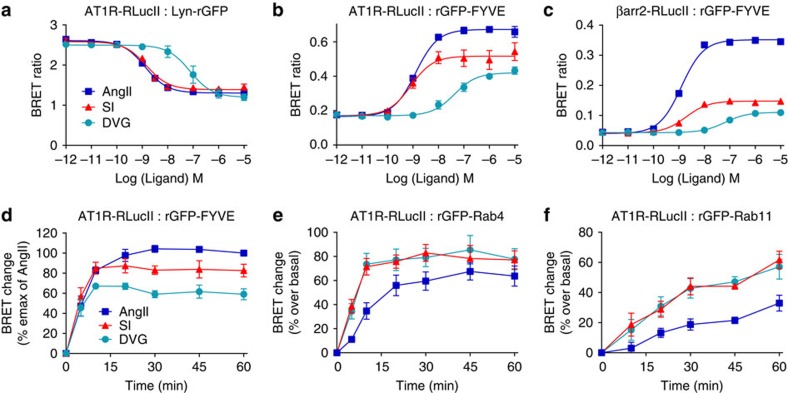Figure 6. Differential effects of AngII analogues on AT1R trafficking and sorting, as assessed by EbBRET.
HEK293 cells were transfected with AT1R-RlucII/Lyn-rGFP (a), AT1R-RlucII/rGFP-FYVE (b), or AT1R/βarr2-RlucII/rGFP-FYVE (c), and incubated with the indicated concentrations of AngII (blue), SI (red), or DVG (turquoise) for 30 min (a) or 40 min (b,c) before BRET measurements. Data are represented as the means±s.e.m. from at least three independent experiments. (d) HEK293 cells expressing AT1R-RLucII and rGFP-FYVE were incubated either with 100 nM AngII (blue), 100 nM SI (red) or 1 μM DVG (turquoise) for indicated times before BRET measurements. The agonist-mediated BRET ratio changes were normalized to the maximal AngII response (60 min), which was set as 100% and the basal (without ligand) was set as 0%. Data are expressed as the means±s.e.m. of three independent experiments. (e,f) HEK293 cells were transfected with 120 ng of AT1R-RlucII and with either 360 ng of rGFP-Rab4 (e) or 270 ng of rGFP-Rab11 (f). Cells were incubated with either 100 nM AngII (blue), 100 nM SI (red) or 1 μM DVG (turquoise) for the indicated times before BRET measurements. Ligand-mediated BRET changes are expressed as per cent changes over the basal (without ligand, set at 0%). Data represent the mean±s.e.m. from three independent experiments.

